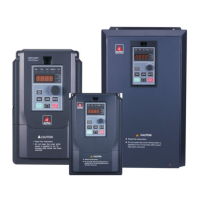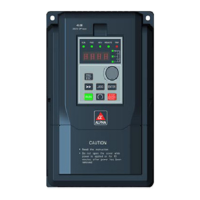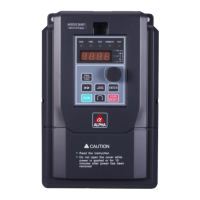How do I fix output earthing on my Alpha 6000S?
- DDaniel CarterSep 9, 2025
If the Alpha Inverter is experiencing output earthing issues, and the output earthing current exceeds the specified value, check whether the motor insulation has become poor. Also, check whether the connection line between the frequency inverter and the motor is damaged.



